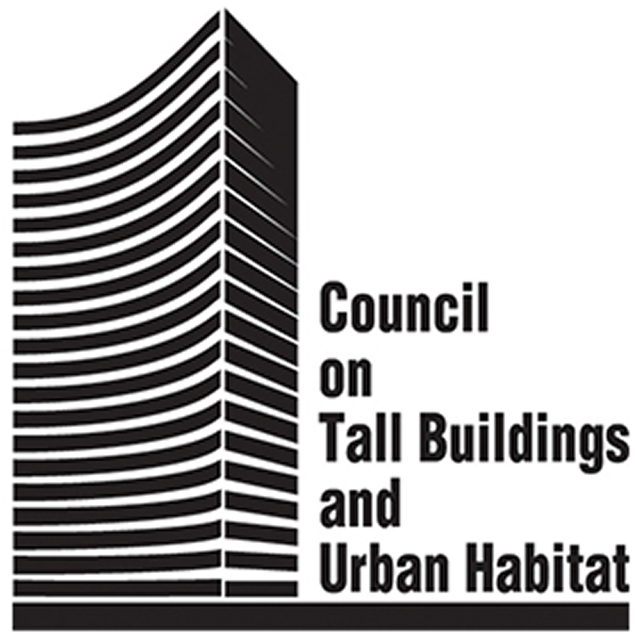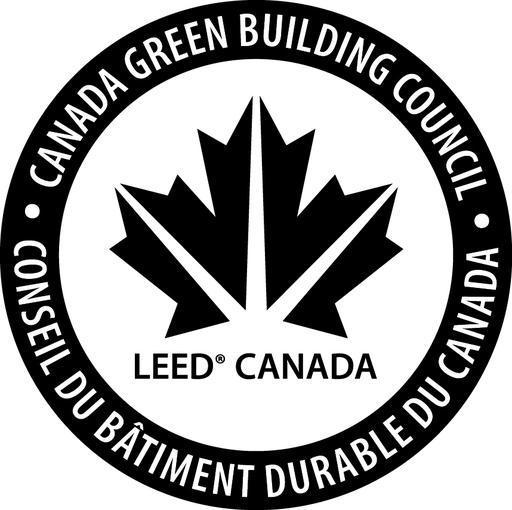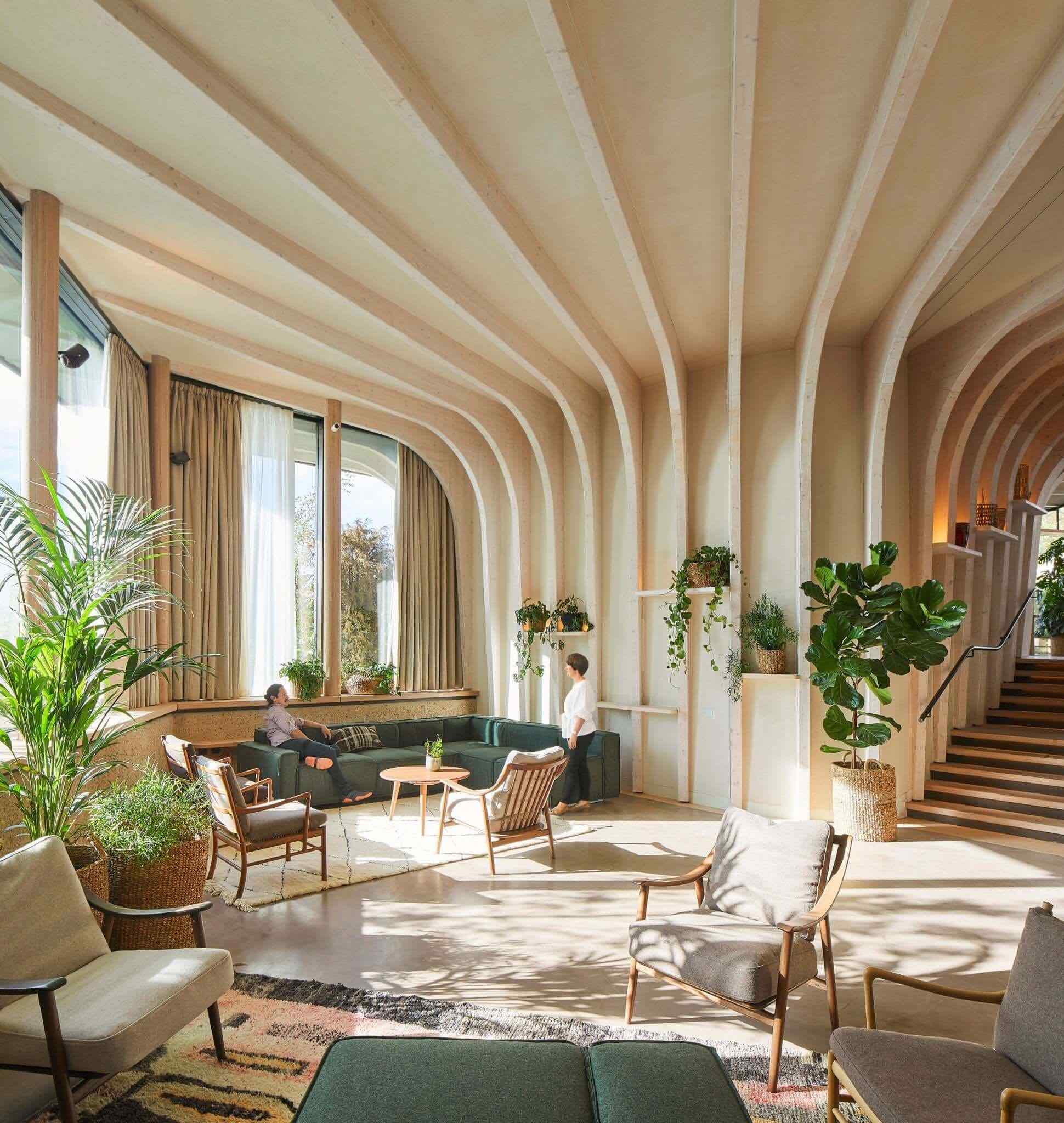
22 Innovative Concepts Revolutionizing Sustainable Building Design


Building for a greener future means embracing a holistic approach to sustainability in construction. This includes using innovative materials like fly ash concrete, recycled glass, and Ferrock, which repurposes waste and actively fights climate change. Sustainable building also focuses on creating healthier indoor environments through advanced ventilation and natural light, while integrating buildings with their natural surroundings using features like green roofs and rainwater harvesting. The ultimate goal is to minimize a building's ecological footprint and enhance occupant well-being.
The construction industry is continuing to embrace sustainability as a core principle.
With growing environmental concerns and a collective drive towards a greener future, innovative concepts in building design are not just trends, but necessities for building an integral future.
These advancements revolutionize how structures are conceived, built, and operated, minimizing their ecological footprint while enhancing human well-being.
From cutting-edge materials to smart energy systems, here are 22 transformative concepts reshaping sustainable building.
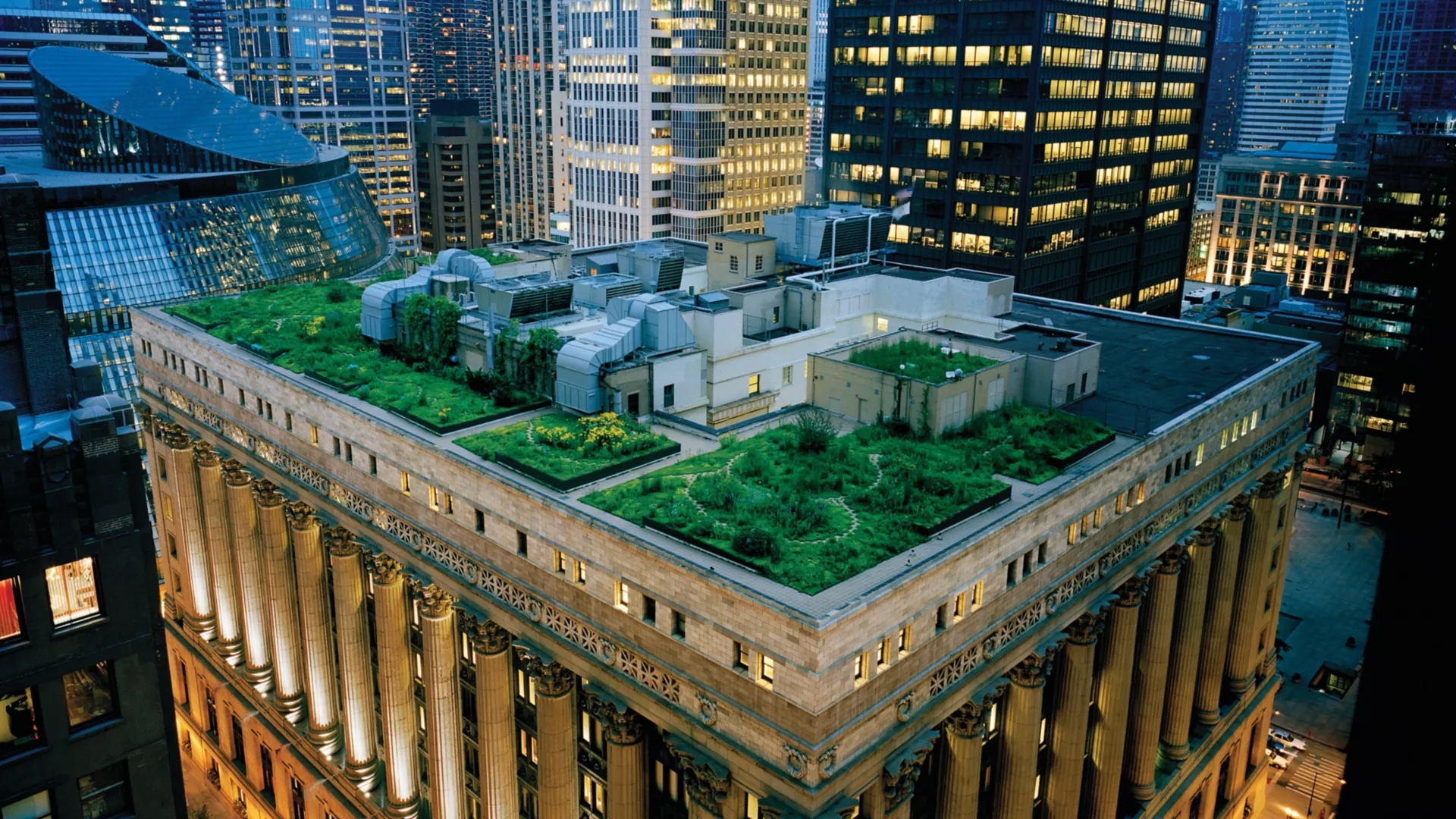
Sustainable Materials: The Foundation of Eco-Conscious Construction
The choice of materials is fundamental to a building's environmental impact.
Innovations in this area focus on reducing waste, conserving resources, and minimizing embodied carbon.
- Fly Ash Concrete (Geopolymer Concrete): This is a direct replacement for traditional cement, using industrial by-products. A key component in global construction, fly ash is incorporated into everything from concrete and asphalt to grout, wallboard, and soil stabilization. This widespread use effectively repurposes waste, significantly contributing to the circular economy.
- Recycled Glass: Can be used in compressed earth blocks or other concrete mixes. Plus, recycled glass melts at a lower temperature than raw materials. This translates to substantial energy savings during the manufacturing process of new glass products.
- Ferrock: A carbon-negative material developed from recycled industrial waste (steel dust), ferrock actively absorbs and traps carbon dioxide during its hardening process, making it a powerful tool in the fight against climate change within the construction industry.
- Straw Bales: Straw bales are bundles of dried, tightly-packed cereal grain stalks, such as wheat, rice, or barley. Unlike hay, which is used for animal feed and contains the entire plant, straw is an agricultural byproduct after the grain and chaff have been removed. This makes straw a low-cost, readily available material, which has led to its use in a variety of applications, including excellent insulation properties.
- Cork: Cork is a remarkable natural material derived from the bark of the cork oak tree. It is primarily sourced from forests in the western Mediterranean region, with Portugal being the world's largest producer. The importance of cork for sustainable material development is rooted in its unique lifecycle and exceptional properties as being a renewable material that is naturally insulating.
- Sheep's Wool Insulation: Sheep's wool insulation is a natural, renewable, and biodegradable material that is gaining recognition as a sustainable alternative to conventional insulation. It is made from the fleece of sheep, a byproduct of the sheep farming industry.
- Rammed Earth: An ancient building technique revived for its modern relevance, rammed earth construction uses natural raw materials (soil, clay, sand, gravel) to create solid, durable walls with excellent thermal mass, regulating indoor temperatures naturally.
- Recycled Plastic: Innovative uses of recycled plastics are emerging, from building blocks to insulation, diverting waste from landfills and creating durable, often lightweight components.
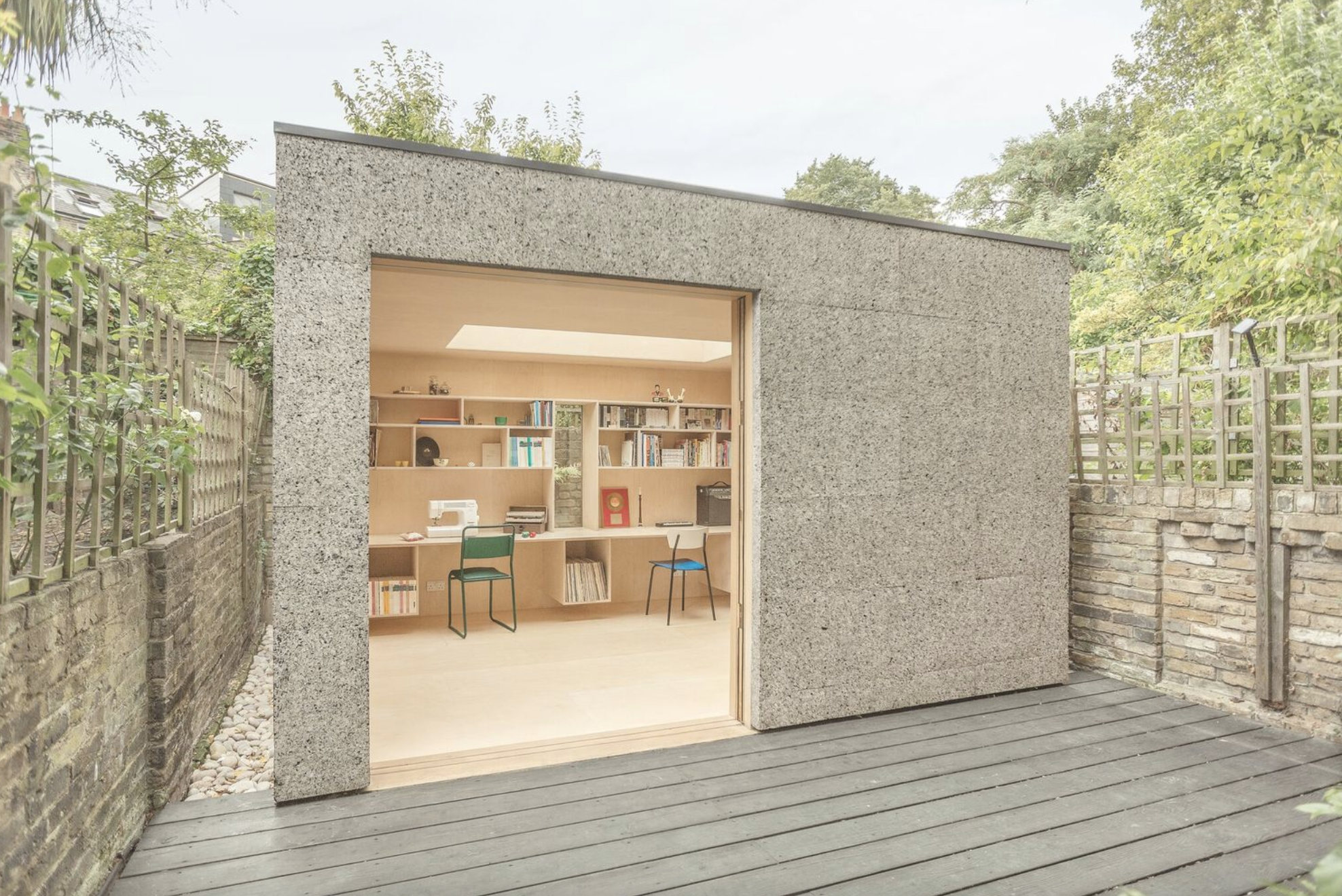
Enhancing Indoor Environments: Health and Well-being
Sustainable design prioritizes the health and comfort of occupants through superior indoor air quality and optimized natural elements.
- Advanced Ventilation Systems: Beyond traditional HVAC, innovative systems like heat recovery ventilators (HRVs) and displacement ventilation continuously replace stale indoor air with fresh outdoor air while minimizing energy loss.
- Low-VOC Materials: The selection of paints, adhesives, flooring, and furnishings with low or no volatile organic compounds (VOCs) significantly reduces harmful off-gassing, improving indoor air quality and reducing health risks.
- Smart Design Technology for Monitoring Air Quality: Smart building technologies use IoT sensors and AI to continuously monitor indoor air parameters like CO2, VOCs, and particulate matter, allowing for dynamic adjustments to ventilation and filtration systems based on real-time data and occupancy.
- Natural Light (Daylighting): Strategic window placement, skylights, light shelves, and architectural features like atriums maximize natural light penetration, reducing the need for artificial lighting, cutting energy costs, and improving occupant well-being and productivity.
- Biophilic Design: Integrating natural elements and processes into building design—such as indoor gardens, natural ventilation, and views of nature—improves occupant connection to the natural world, promoting health and productivity.
Green Infrastructure and Site Integration: Harmonizing with Nature
Sustainable buildings are designed to integrate seamlessly with their environment, enhancing local ecosystems and reducing urban impacts.
- Green Roofs: Covering roofs with vegetation absorbs rainwater, provides insulation, creates urban habitats, mitigates the urban heat island effect, and extends roof lifespan.
- Green Walls (Living Walls & Facades): Vertical gardens on building exteriors or interiors improve thermal performance through shading, filter pollutants, produce oxygen, and enhance aesthetic appeal.
- Sustainable Planting & Landscaping: Utilizing native, drought-resistant plants reduces water consumption, supports local biodiversity, and minimizes maintenance, integrating the building into its ecological context.
- Stormwater Management (Rainwater Harvesting & Permeable Surfaces): Collecting and reusing rainwater for irrigation or non-potable uses, coupled with permeable pavements and green spaces, reduces runoff, replenishes groundwater, and mitigates urban flooding.
- Brownfield Redevelopment: Developing on previously contaminated or underutilized urban sites (brownfields) minimizes urban sprawl, reuses existing infrastructure, and revitalizes communities.
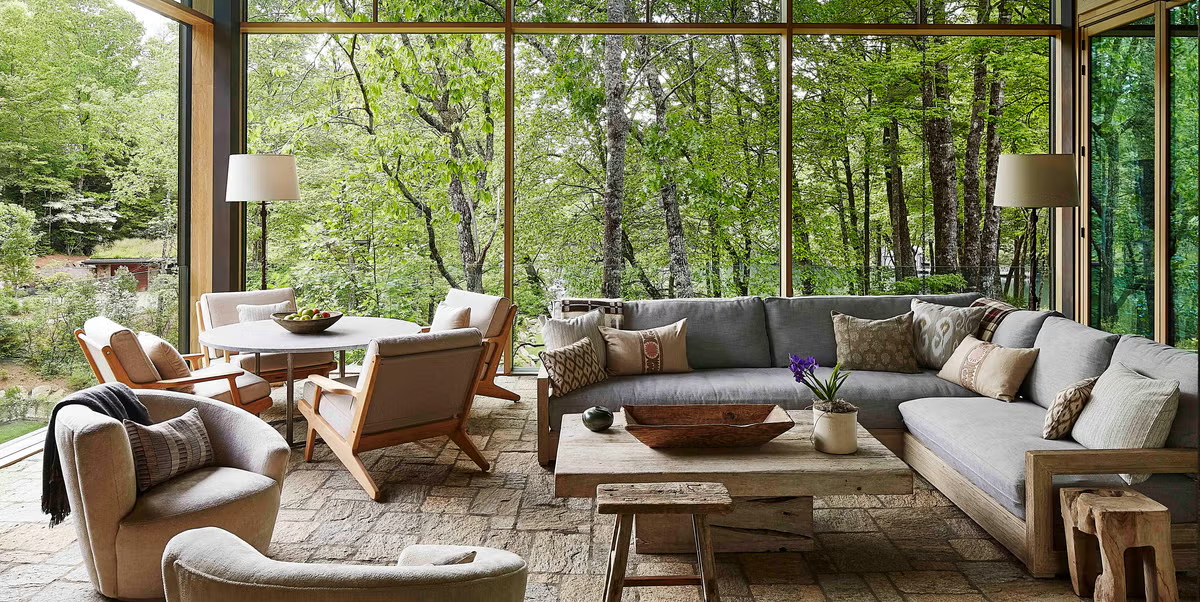
Energy Efficiency & Renewable Energy Integration: Powering the Future
Minimizing energy consumption and transitioning to renewable sources are central pillars of sustainable building.
- Renewable Energy Systems (Solar PV, Wind, Geothermal): Integrating on-site renewable energy sources like rooftop solar photovoltaic (PV) panels, small-scale wind turbines, and geothermal heating/cooling systems significantly reduces reliance on fossil fuels and lowers operational costs.
- Passive Solar Design: Orienting buildings and incorporating design features (e.g., overhangs, thermal mass walls, specific window placements) to harness the sun's energy for heating in winter and cooling in summer, drastically reducing energy demand.
- Advanced Building Envelopes: Highly insulated walls, roofs, and high-performance windows and doors minimize heat loss in winter and heat gain in summer, creating an airtight building that requires less energy for heating and cooling.
- Location Near Public Transportation: Strategically siting buildings in high-density areas with easy access to public transit (trains, buses, bike shares) and diverse amenities reduces the need for private car use, lowering transportation-related carbon emissions.
These 22 innovative concepts represent a holistic approach to sustainable building design, moving beyond mere energy efficiency to encompass material lifecycles, occupant health, and deeper considerations for the environment.
As the demand for eco-conscious structures grows, these innovations will continue to shape a more resilient, healthy, and sustainable built environment for generations to come.
Similar Posts








